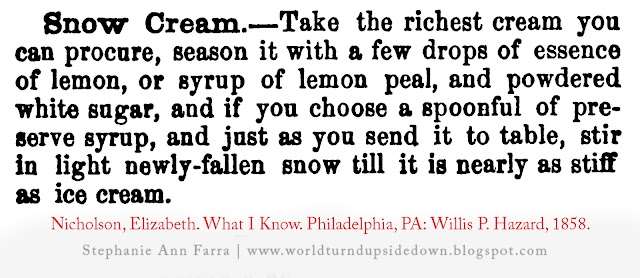I was hoping to get this out before
FIG because I hear it's supposed to snow! O.O I also here there will be a fair amount of knitting going on next weekend. Hopefully I'll have a female pattern up by then. I have an easy and fun one in mind but I might have to post it after the event.
This pattern comes from the booklet
Knit for Defense (1941) which encouraged women to knit for the troops. It advertised this cap as "A practical cap for winter wear in any branch of the Service." It suggested
Chadwick's Red Heart Knitting Worsted, which you can still find on occasion on etsy, but Lion Brand Collection Pure Wool is very similar.
This pattern is very easy but I had to frog it about 6 times because I couldn't keep focused. :D I've included some extra instructions if you also need a little help on the decreases.
CAP
GAUGE: 5½ sts make 1 inch; 7 rnds make 1 inch.
Cast on 108 sts on 3 needles (36 sts on each needle). Join, being careful not to twist stitches. Work 2 inches in ribbing of k 1, p 1. Now work in stockinette stitch (k each rnd) for 4 inches.
To Shape Crown: 1st rnd: * Sl 1 as if to knit, k 1, p.s.s.o., k 12, k 2 tog., k 2. Repeat from * around (96 sts remaining). 2nd and 3rd rnds: Knit around. 4th rnd: * Sl 1, k 1, p.s.s.o., k 10, k 2 tog., k 2. Repeat from * around (84 sts remaining). 5th and 6th rnds: Knit around. Continue decreasing 12 sts in this manner on every 3rd rnd, until 24 sts remain.
Break yarn, leaving an 8-inch end. Thread needle with this end and run through remaining sts. Draw up tight and fasten securely on wrong side. Turn back cuff.
To Shape Crown for the Pattern Unfortunate:
Round 1: * Sl 1 as if to knit, k 1, p.s.s.o., k 12, k 2 tog., k 2. Repeat from * around (96 sts remaining).
Round 2: Knit All
Round 3: Knit All
Round 4: * Sl 1 as if to knit, k 1, p.s.s.o., k 10, k 2 tog., k 2. Repeat from * around (84 sts remaining).
Round 5:Knit All
Round 6: Knit All
Round 7: * Sl 1 as if to knit, k 1, p.s.s.o., k 8, k 2 tog., k 2. Repeat from * around (72 sts remaining).
Round 8: Knit All
Round 9: Knit All
Round 10: * Sl 1 as if to knit, k 1, p.s.s.o., k 6, k 2 tog., k 2. Repeat from * around (60 sts remaining).
Round 11: Knit All
Round 12: Knit All
Round 13: * Sl 1 as if to knit, k 1, p.s.s.o., k 4, k 2 tog., k 2. Repeat from * around (48 sts remaining).
Round 14: Knit All
Round 15: Knit All
Round 16: * Sl 1 as if to knit, k 1, p.s.s.o., k 2, k 2 tog., k 2. Repeat from * around (36 sts remaining).
Round 17: Knit All
Round 18: Knit All
Round 19:* Sl 1 as if to knit, k 1, p.s.s.o., k 2 tog., k 2. Repeat from * around (24 sts remaining).
Break yarn, leaving an 8-inch end. Thread needle with this end and run through remaining sts. Draw up tight and fasten securely on wrong side. Turn back cuff.
Suggested Colors:
Khaki, Navy, Maroon, Lt. Oxford, Oxford Gray, Air Force Blue.
I'll get a guy to model it at the next event but for now, I'm tooling around town like Lea Salonga in Les Miserables. Hope you enjoy! If you end up knitting this, I'd love to see a picture of the finished cap.


















